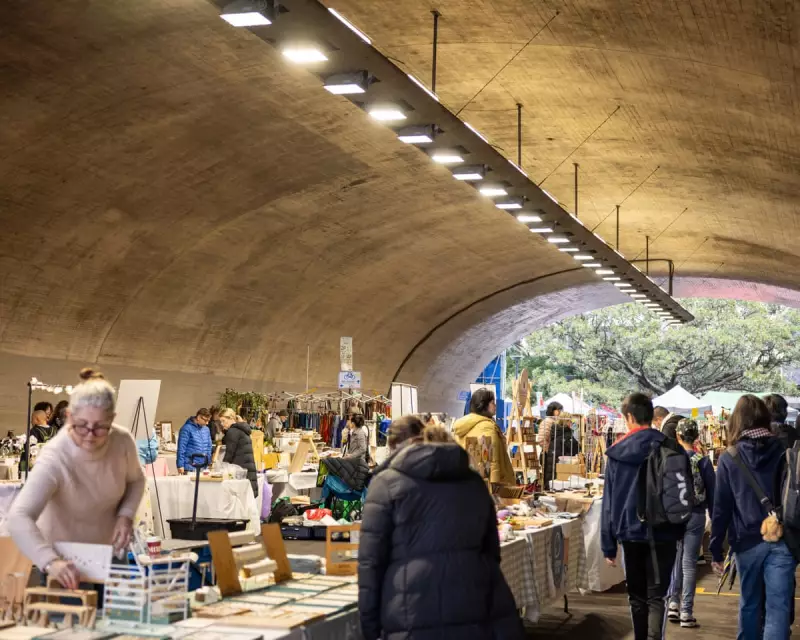
Australia’s bustling handicraft markets, long celebrated for their unique, handmade treasures, are now grappling with an influx of mass-produced goods. What was once a haven for authentic craftsmanship is increasingly becoming a battleground between local artisans and cheap, factory-made imitations.
The Rise of Mass-Produced Goods
Walk through any popular craft market in Sydney, Melbourne, or Brisbane, and you’ll notice a troubling trend: stalls once filled with one-of-a-kind creations are now stocked with identical, mass-produced items. From knitted scarves to wooden toys, these goods—often imported from overseas—are undercutting local makers on both price and volume.
The Impact on Artisans
For genuine artisans, the consequences are severe. Many small-scale creators rely on market sales as their primary income, but the saturation of cheap alternatives is making it harder to compete. "It’s disheartening to see customers buy a ‘handmade’ item that was clearly churned out by a machine," says Emma Carter, a ceramicist from Melbourne. "It devalues the time, skill, and love we put into our work."
Pushback from the Community
In response, some markets are tightening their rules, requiring vendors to prove their products are genuinely handmade. Social media campaigns like #RealHandmadeAu are also gaining traction, encouraging consumers to support authentic local crafts. "We need to educate buyers on the difference between handmade and mass-produced," says market organiser Liam Nguyen. "It’s about preserving the soul of our markets."
What’s Next?
While the challenge is significant, there’s hope. A growing number of consumers are seeking transparency and sustainability, favouring quality over quantity. For Australia’s craft markets, the future may lie in stricter regulations and a renewed appreciation for true craftsmanship.





